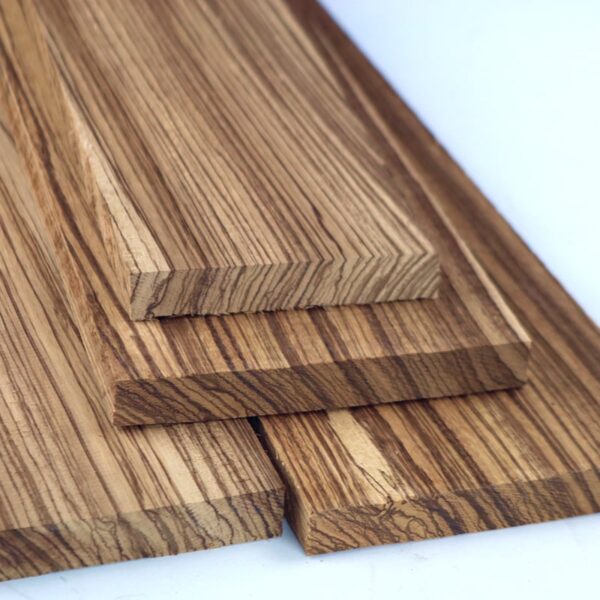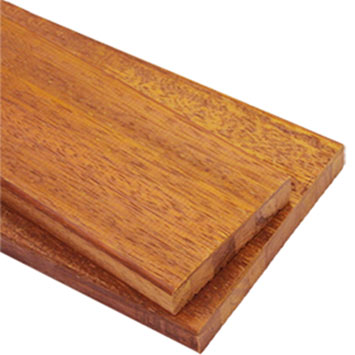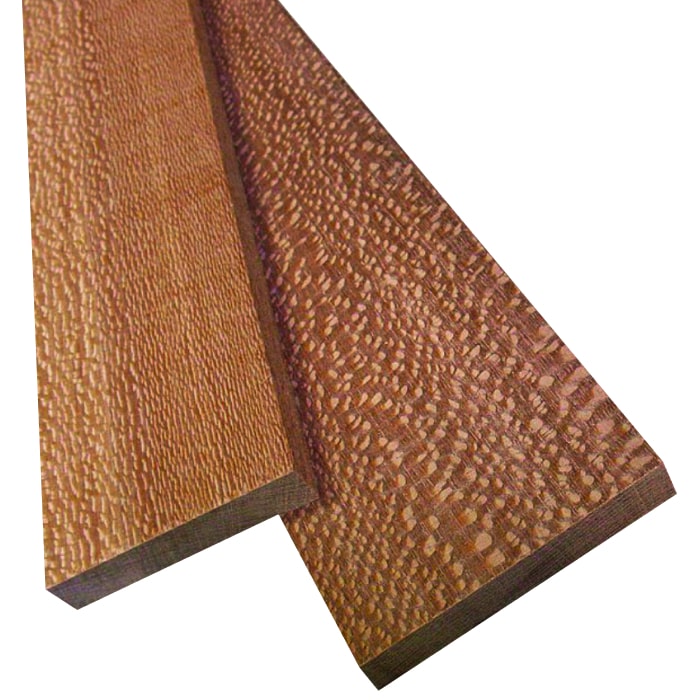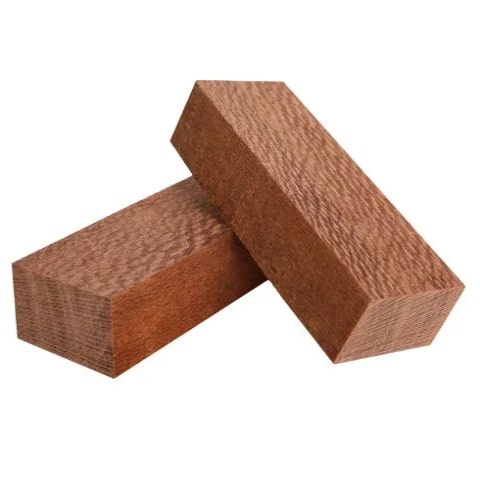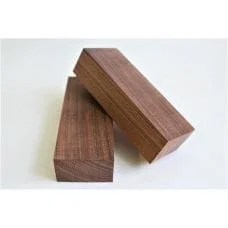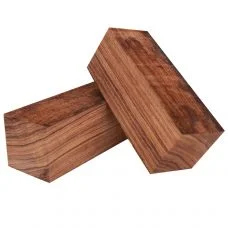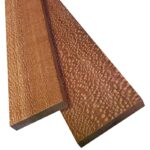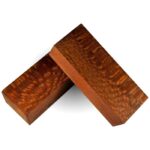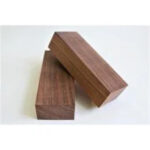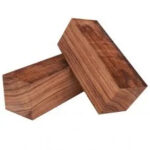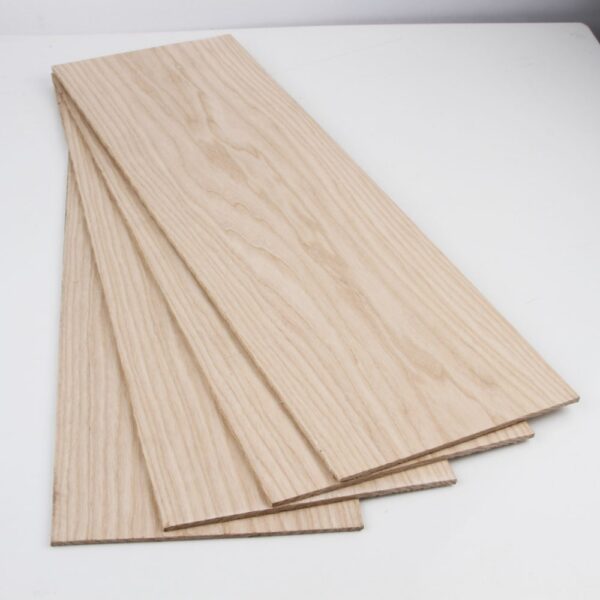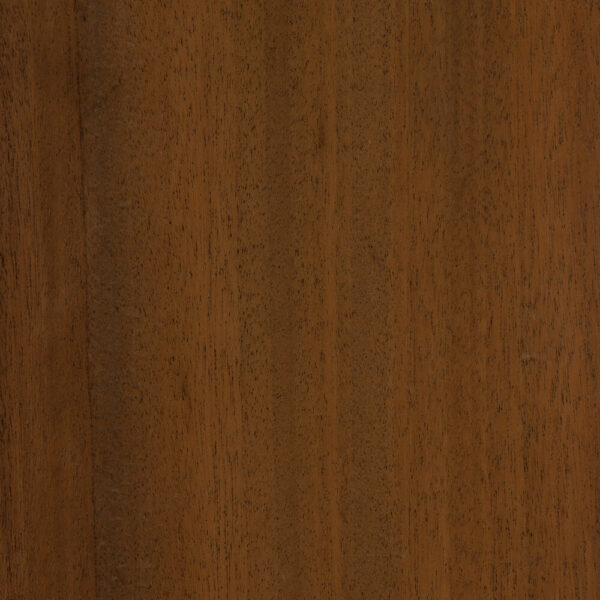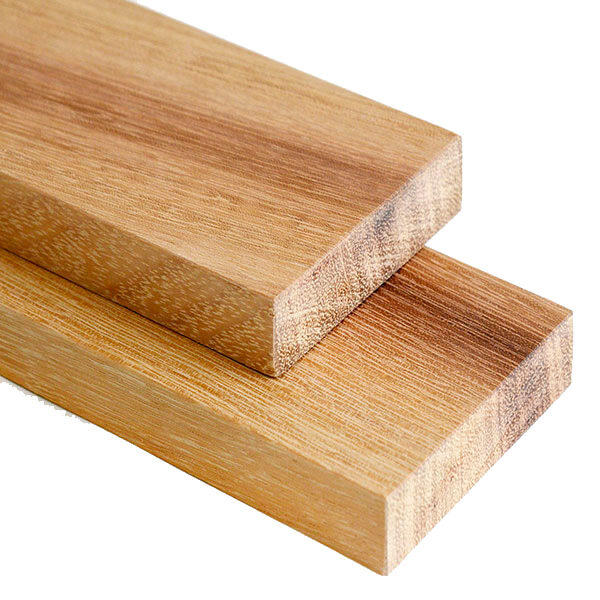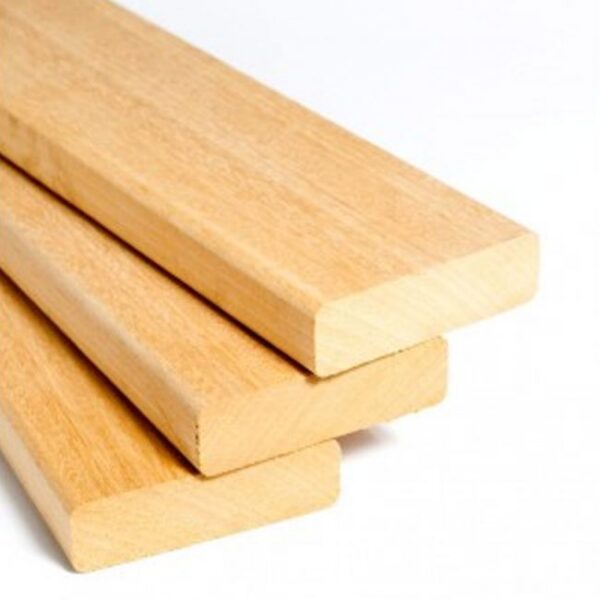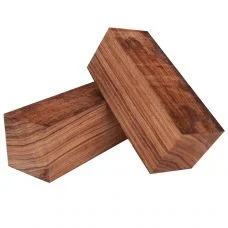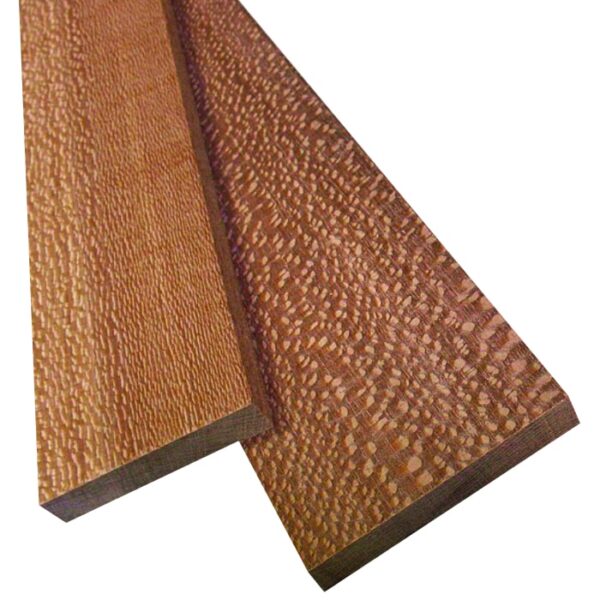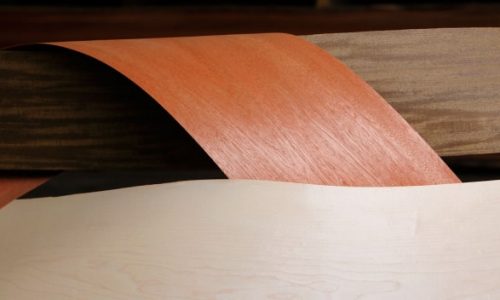- Wood species: Layswood
- Dimensions:
- Thickness: from 26 mm to 52 mm
- Width: 150 mm +
- Length: 2100 mm +
- Country of origin of raw materials: import
- Manufacturer: import
- Packaging: individual boards laid in pallets
- Quality: FAS grade
Characteristics of Wood
Layswood – Botanical Name: Roupola ssp. (brasiliensis, montana). This species is a member of the Proteaceae family.
The tropical tree Roupola brasiliensis grows in northern Mexico, in Central America to Trinidad and Tobago, in South America, southern Bolivia, Argentina, Paraguay and southern Brazil.
The plant can grow both as a tree and as a shrub, reaching a height of 1-8 meters. Diameter – from 0.8 to 1 meter. There are some specimens 25 meters high. Dimorphic leaves 3-15 centimeters long, elliptical ovoid.
Technical properties of wood
Characteristics of Brazilian Layswood wood
It has a pronounced shine with a characteristic silky texture, to which the wood owes its trade name – lace wood, which literally means “lace wood”. The drawing resembles the skin of a snake. The wood itself is reddish brown with gray or light brown rays, which form the famous lace pattern when cut.
It has a rather coarse and uneven texture due to the difference in density between regular wood and beams. The grains are usually straight. It is characterized by the following physical and mechanical properties:
- Average density 530 kg / m3.
- Hardness on the Yank scale of 3,160 N.
The structure is diffusely porous. Small and medium pores in tangential rows. Deposits in the core are sometimes found. Growth rings are indistinct. Very wide beams, easily visible without a lens. The parenchyma is striped.
Lacewood is considered short-lived and susceptible to insect attacks. However, modern biosecurity means make it easy to cope with this drawback.
It is quite easy to process, but there is a risk of loosening of the core beams during cutting.
Using
It is used for the manufacture of souvenirs, decorative interior items, for marquetry in the manufacture of luxury furniture. The production of veneer is widely established.



